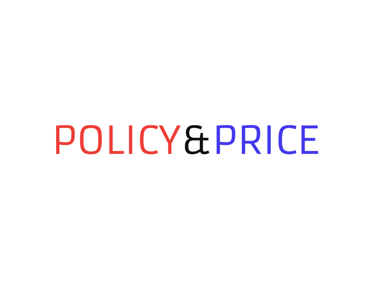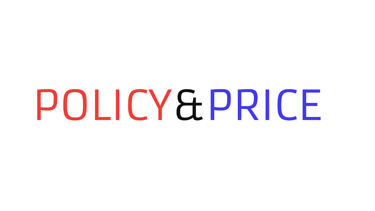
Top 3 Economic Stories This Week
UK CPI Data Signals Progress
The ONS September CPI was released this week, and its good news as headline inflation came in broadly stable - just slightly below forecasts. Meanwhile, core CPIH, which excludes energy, food, alcohol and tobacco, portrayed underlying price pressures in the UK - sitting at 3.9%. The initial stable CPI figure is thought to have been a reflection of lower transport and energy costs - which shows positive signs for UK households going into the winter. We expect the BoE to take the data with caution, as although it shows progress they aren't quite out the woods yet. Further market reactions include the pound weakening midweek, and gilt yields falling slightly as traders felt that inflation may continue falling until the end of 2025. We can interpret these statistics as a bit of a mixed picture really; inflation does seem to be cooling which is promising, but wage related components remain stubbornly high which presents its own issues.
US CPI Data
Time for some US data. September CPI data from the Bureau of Labour Statistics was released on the 24 October as government shutdown disrupted data processing. Headline CPI rose by 0.3% MoM, which translates to a forecasted 3.2% YoY - a figure that aligned with market expectations. Meanwhile core inflation continued its slow and steady decline, coming in at 3.6% YoY. This data made many economists feel very hopeful for the US economy, showing that price pressures are cooling in the US - despite not quite being at the Fed's 2% target. Stock prices surged following the report, but Treasury yields remained volatile as there was much speculation among investors around whether the Federal Reserve would move forward with its next rate cut in December. The situation before the report was that traders had essentially been speculating based on private inflation trackers due to a lack of official data (because of the government shutdown). Therefore, the data brought relief to investors and the market as a whole - a relief that inflation was moderating, despite future policy decisions being uncertain.
PMI Data Shows Positive Signs
S&P Global's flash UK PMI data for October pointed to an uptick in activity within the private sector as a whole, with the Manufacturing PMI and the Services PMI both seeing an increase. Promising reports from firms that cost-inflation for inputs seem to be slowing will of course help stabilise margins, but it may also help to improve low business certainty especially with the Autumn Budget looming. Businesses saw an increase in new orders which suggests an improvement in the recent dwindling demand within the UK. Employment also rose this month as service sector hiring picked up. With overall composite PMI signalling expansion, analysts have argued that UK GDP growth could turn positive in Q4 of 2025. Market reaction to the PMI data was fairly positive as the pound strengthened towards the end of the week and UK equities also seemed to rise slightly.
Policy Pulse: ECB Pre Policy Meeting
The ECB signalled that they will be keeping their rates on hold ahead of its 30th October policy meeting. Inflation across the euro area did hover just above 2% which was close to the ECB's target. Policymakers did emphasise that patience is important in these times and that the data was needed to provide evidence that inflation is under control, and sustainably as well. Analysts argued that the ECB's tone going into the meeting has been fairly neutral, without signalling cuts or hinting at tightening - we can expect that rates will hold.
Industry Spotlight: UK Consumer and FX
The pound weakened in the middle of the week after UK inflation came in lower than markets expected. UK stocks became more attractive due to the weaker pound, which led to a rise in overseas earnings. Meanwhile, the end of the week saw stronger PMI data which helped the pound's strength pick back up slightly. FX volatility remaining high was interpreted by many analysts as a reflection of uncertainty over the doubts of inflations staying power, as well as when central banks are likely to adjust rates. We interpret such questions as some of the most important ones in the economy at the moment, as they continue to find their way into our reports week by week as the most pressing issues. In terms of consumers, a slight improvement in business sentiment created a positive mood for stable employment heading into the end of 2025.


Economic Analysis. Political Analysis. Insightful Analysis.
Explore political and economic affairs with us.
© 2025. All rights reserved.


